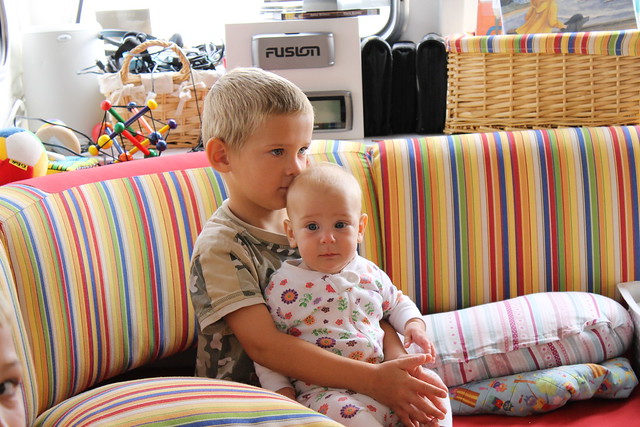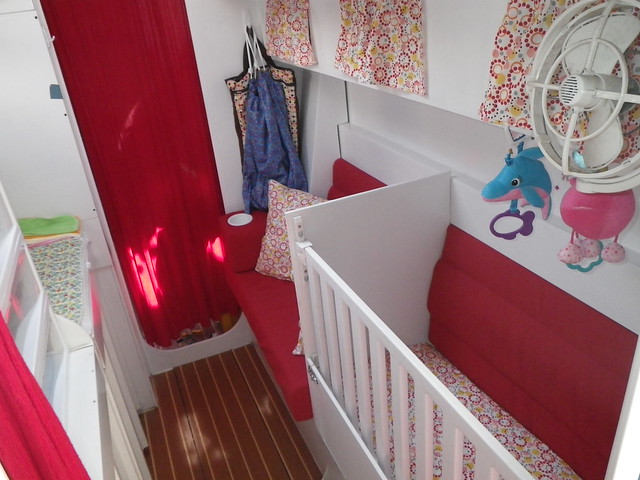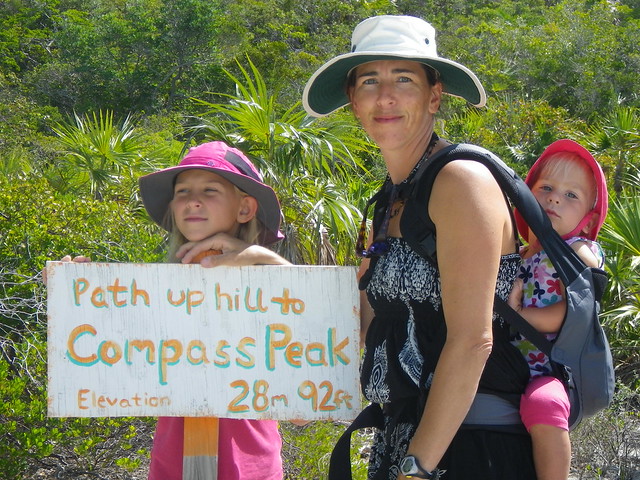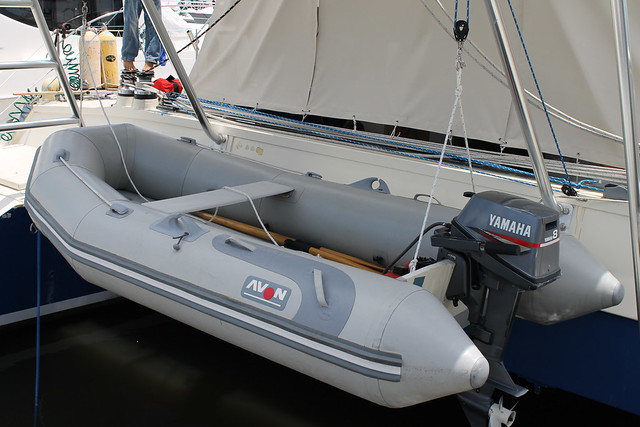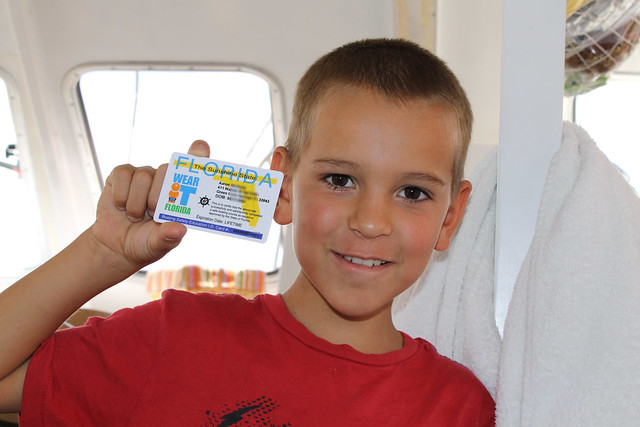The boat directly across from us on the next dock caught fire a couple weeks ago. We didn’t notice until the fire trucks arrived.
The fire department keeps a little rescue boat on that dock, and we’d previously seen them rush down and launch it. We thought that’s what they were going to do when they rolled up this time, but they started unloading hoses instead.
The kids saw the smoke immediately. Within a minute we could see flames. I was too busy watching to get a more dramatic picture.
[flickr: 5970624647]
Fire is the last thing you want on a boat. They burn fast. They’re loaded with flammable stuff. The fumes are toxic. Even a small fire can damage a boat beyond repair. Left alone, they burn to the waterline and sink. That’s the end for the boat, but maybe not the fire. In a marina the fire can spread. Maybe there’s a burning fuel slick. Maybe the docks are made of wood. Maybe the mast falls on another boat. Maybe the boat burns through its lines and comes adrift. Maybe it explodes.
The firefighters unleashed torrents of water on the burning boat. The fire was coming from down below so they had to get aboard to spray water inside. The boat’s bilge pump was running non-stop and she was listing visibly. It took a lot of water to put the fire out.
A man lived on that boat. His grandson was visiting for the summer. The man was at work and the kid was aboard watching TV when he smelled smoke. He got off the boat and called the fire department. We don’t know how long it was before the trucks arrived, but we assume that the early call saved the boat; “saved” being a relative term, because the insurance company totaled it. But it didn’t sink, and the fire didn’t spread.
What if the kid hadn’t called? Add five minutes to that fire and it would have been a totally different situation. He may have saved more than one boat. He may have saved ours.
Watching the firefighters crawl around on the burning, listing boat gave me a very bad feeling. I wasn’t sure if they knew the potential danger. I recall thinking that I wouldn’t be doing that.
Boats have things houses don’t: fuel tanks, batteries, flares, propane. Did they know? I assume that departments in coastal areas must train for boat fires, but various boats can greatly differ. Could I walk onto any random boat and locate those items? Could anyone do that on ours?
Up to this point, we haven’t worried too much about fire safety. The concern I do have is more for the boat and our home than for ourselves. I’m confident that anyone over the age of two could escape any conceivable fire scenario. In that regard the boat is better than most houses.
If there were a fire, we’d have a small window of opportunity to put it out quickly. Some sources claim there are only about 30 seconds before heat and smoke force you out. To that end, we have handheld fire extinguishers placed around the boat. We have a fire blanket in the galley. We have automatic halon systems near the engines, inverters, and the generator. We have a high capacity washdown pump with a 50’ hose. If that didn’t do it, there wouldn’t be much choice but to stand back and watch her burn.
The cause of this fire was electrical. We’ve had our own electrical problems. We were lucky because a breaker tripped. Corrosion. It increases resistance and therefore heat. Breakers and fuses are sized for the capacity of a wire to carry current without melting, but they have no idea if that wire is corroded or badly connected. Once the insulation melted, the hot wire found a dead short which blew the breaker and our fire was over before it started. Must not have happened in this case.
Shutting off the power is obviously the first thing that needs to happen for an electrical fire. The firefighters unplugged the boat’s shore power cord immediately, but that’s not enough. Batteries are perfectly capable of starting a fire. Typically, battery-connected circuits don’t demand enough current to start a fire unless there is a short, and a fuse would put an end to that. Every wire should have a fuse or breaker on the end nearest the source. Of course, “should” is often not reality.
Batteries should have disconnect switches. Our switches are not very accessible, but that was intentional. They used to be too accessible and the batteries could get turned off accidentally. Our battery bank is split on either side of the boat, so there is no getting to the switches quickly anyway. I was already planning to install a single button to control remotely operated battery switches. It will be located right next to the AC transfer switch. That will allow a person to quickly disconnect all power from a central location.
It took the firefighters a long to time to find the boat’s batteries. We could tell by the steady output from the electric bilge pump. It had gotten much of the water out, and the boat was listing less. She was still steaming, but the firefighters were satisfied that the fire was out. They collected their gear and left.
They had tried to contact the owner at work, but were unsuccessful. Hopefully he received their messages and was somewhat warned before he returned home to his smoking wreck. The reek of burned plastic could still be smelled a hundred yards away for days afterward.
Upon reflection, I really don’t think there is much additional fire preparation that is worth doing. Take Two is about as well-protected as I think she practically can be. Perhaps an extra smoke detector near the inverters would be a good idea. There’s still some dodgy wiring that needs to be redone (and will be). But everything has to be put in proper perspective. The wiring could be perfect and a lightning strike could still start a fire. All our preparations would be for naught if we’re not aboard to employ them. And even the fire department can only do so much.
Update
I've learned that an automatic fire suppression system shouldn't be used in a diesel engine room without pairing it to an automatic shutdown. 1) The engine keeps running, 2) the chemicals can damage the engine, and 3) the running engine sucks out any gas (halon) before it can put out the fire.

